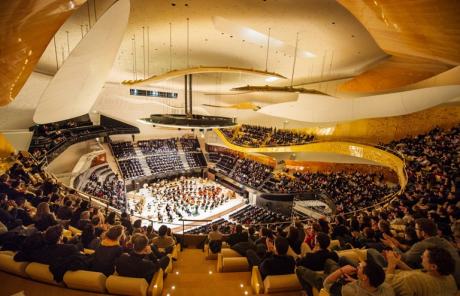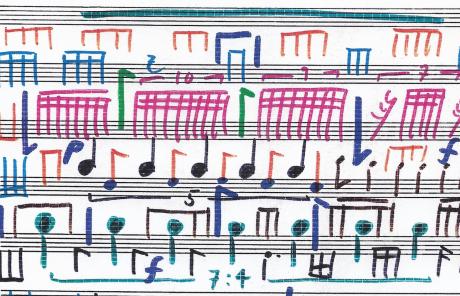Bossa Nova combined traditional music, samba, with a more sophisticated harmony, modernising and internationalising Brazilian popular music. Officially, it is said that Bossa Nova came into being one day in August 1958, when a double album of 78 revolutions by the singer and guitarist João Gilberto, under the ODEON label, appeared in record stores. Although this could be disputed with the argument that there was already a disposition for the emergence of this new style of making music, no one disagrees that João Gilberto’s record was a landmark, as it proposed an innovative interpretation of music that inspired the title of the LP, Chega de Saudade (by Tom Jobim and Vinícius de Moraes), with incredibly original “picking” of the guitar and a totally colloquial style of singing.
Histories and stories of Bossa Nova
João Gilberto is today one of the most celebrated Brazilian artists of all time, precisely because his path is intertwined with the genre of Bossa Nova. His aforementioned “beat” of the guitar and colloquial way of singing became characteristics of the musical genre that turned into a symbol of Brazil abroad. Before releasing his record, João had already participated, with his modern guitar, in another important record of the new genre; Canção do Amor Demais, by the singer Elizeth Cardoso. The song that gave the album its title was also by Tom and Vinícius, who are considered to be the “fathers” of Bossa Nova.
Tom Jobim and Vinícius de Moraes
Tom Jobim and Vinícius de Moraes left a vast legacy of work with songs that are still huge successes today: Garota de Ipanema, Chega de Saudade, Canção do amor demais, Se todos fossem iguais a você, Eu sei que eu vou te amar, among others. Tom had other partners too. Newton Mendonça is the author of the lyrics of Samba de uma nota só and Desafinado, two big hits of the genre.
It is important to mention the famous show that took place in 1962 in Carnegie Hall in New York, when Tom Jobim and Vinícius de Moraes, together with other artists, presented their songs to America. The show yielded various job proposals and opened the doors to Brazilian music on the world stage. Frank Sinatra came to record several hits by the Brazilian duo, such as Garota de Ipanema, the most recorded song worldwide.
A Garota de Ipanema
Helô Pinheiro was almost still just a girl when she became the inspiring muse of the most well-known song in the world. Vinícius used to talk of how he would go crazy every time she passed by the front of the famous Bar Veloso, today the Garota de Ipanema Bar, on the corner of Vinícius de Moraes Street in Ipanema. The inspiration of the muse took hold of Veloso’s table, but the partners did not write the song there among the beer glasses. Vinícius, in his house in Petrópolis, showed the lyrics to Tom, who in turn wrote the music in his own residence on Barão da Torre Street.
Other Bossa Nova artists
Bossa Nova is a musical genre that has already commemorated 50 years of being! It is still very much alive in contemporary production. Many Brazilian artists continue to produce their work in the style of the genre. In the years following Chega de Saudade, many artists stand out:
Roberto Menescal - one of the most influential artists linked to Bossa Nova. Producer, arranger, composer (O Barquinho), singer and guitarist; he is one of the most active representatives of the genre in Brazil and worldwide.
Carlos Lyra - one of the great composers of the genre. He is author of the songs of an important show called Pobre Menina Rica, that took place with Vinícius de Moraes.
Wanda Sá - the singer, composer and guitarist has performed next to Menescal, in Brazil and worldwide, principally in Japan.
Joyce - the composer, guitarist and singer also guaranteed her name in the select team of Bossa Nova. She performs in Brazil and abroad, always with great success.
Tama Trio - one of the most important Bossa Nova groups. Made up of the already deceased Luiz Eça (piano, vocals and arrangements), Bebeto Castilho (double bass, flute, sax and vocals) and Hélcio Milito (drums, percussion and vocals). They were the first stable instrumental musical group that played Bossa Nova and had a substantial influence on standards of musical execution besides singing and guitar.
Johnny Alf - the pianist, composer and singer is considered to be a precursor to Bossa Nova, due to his modern style of playing piano.



